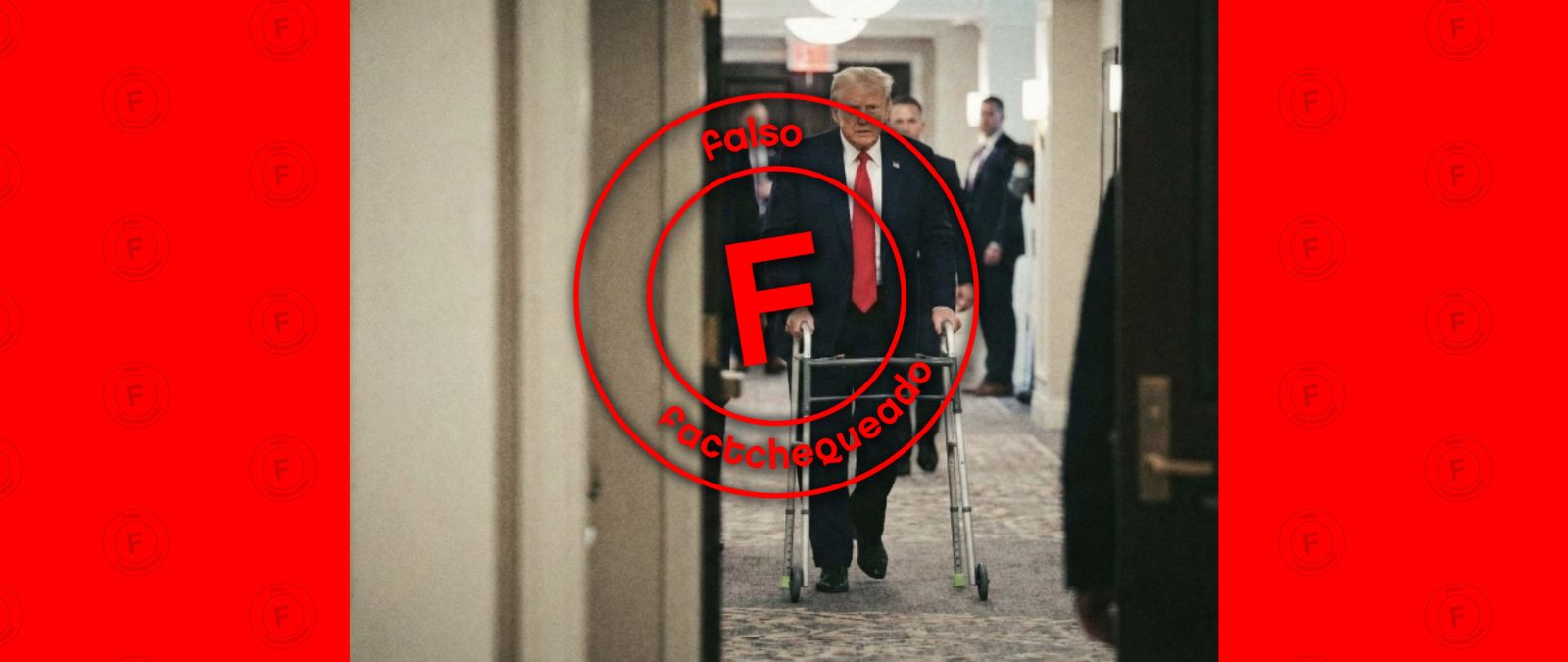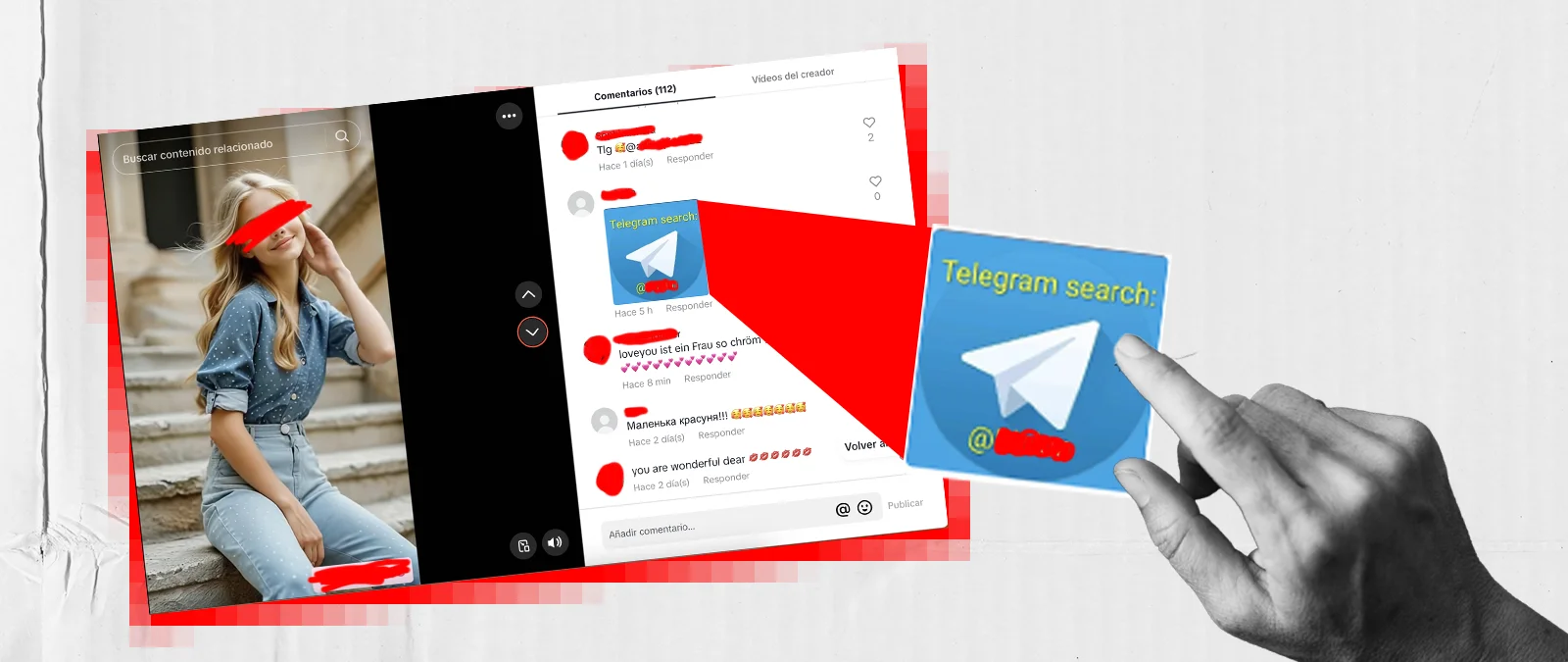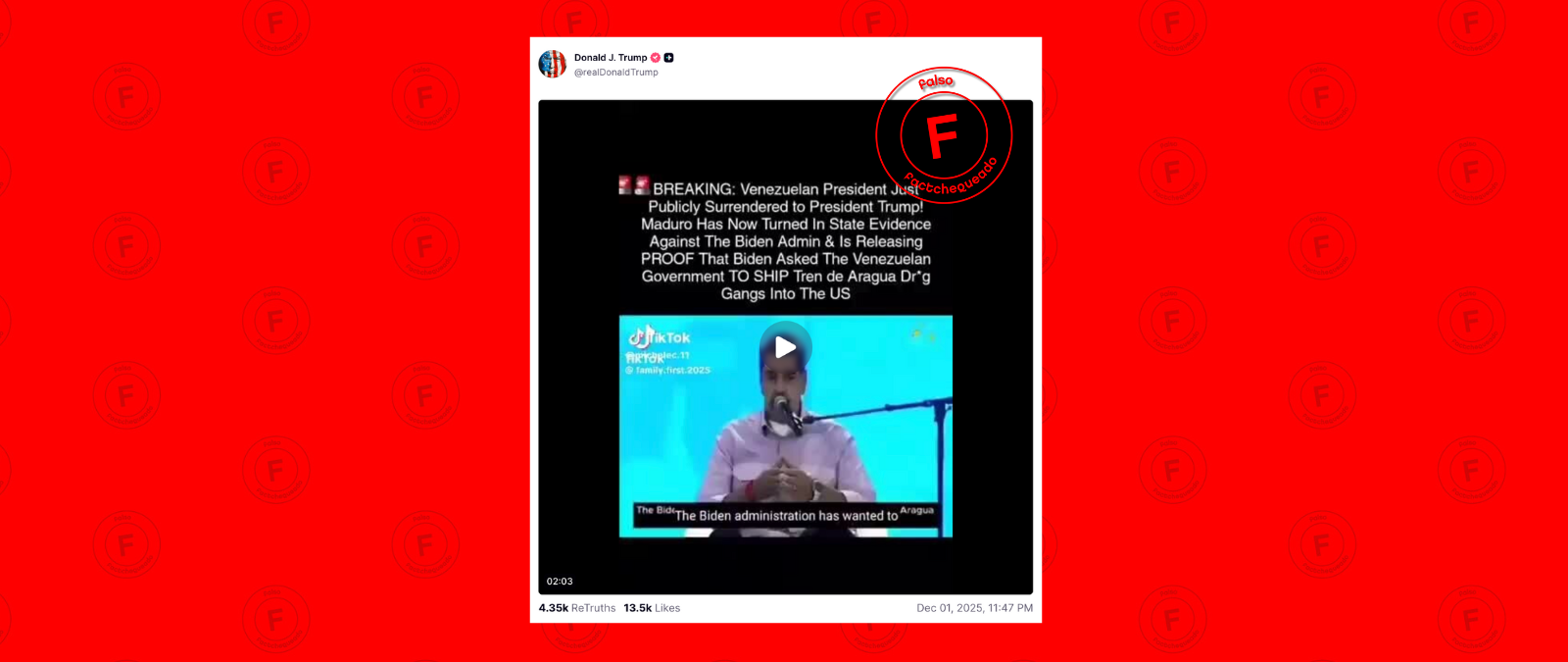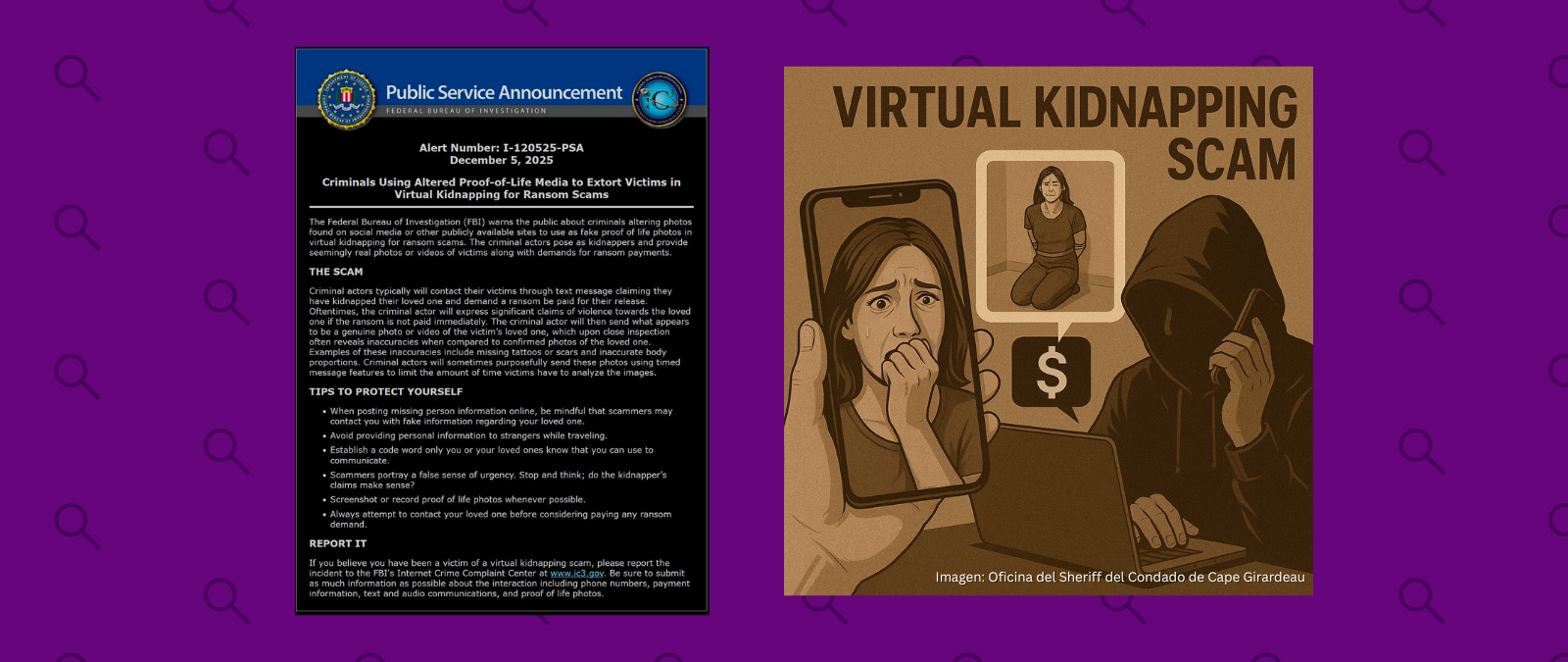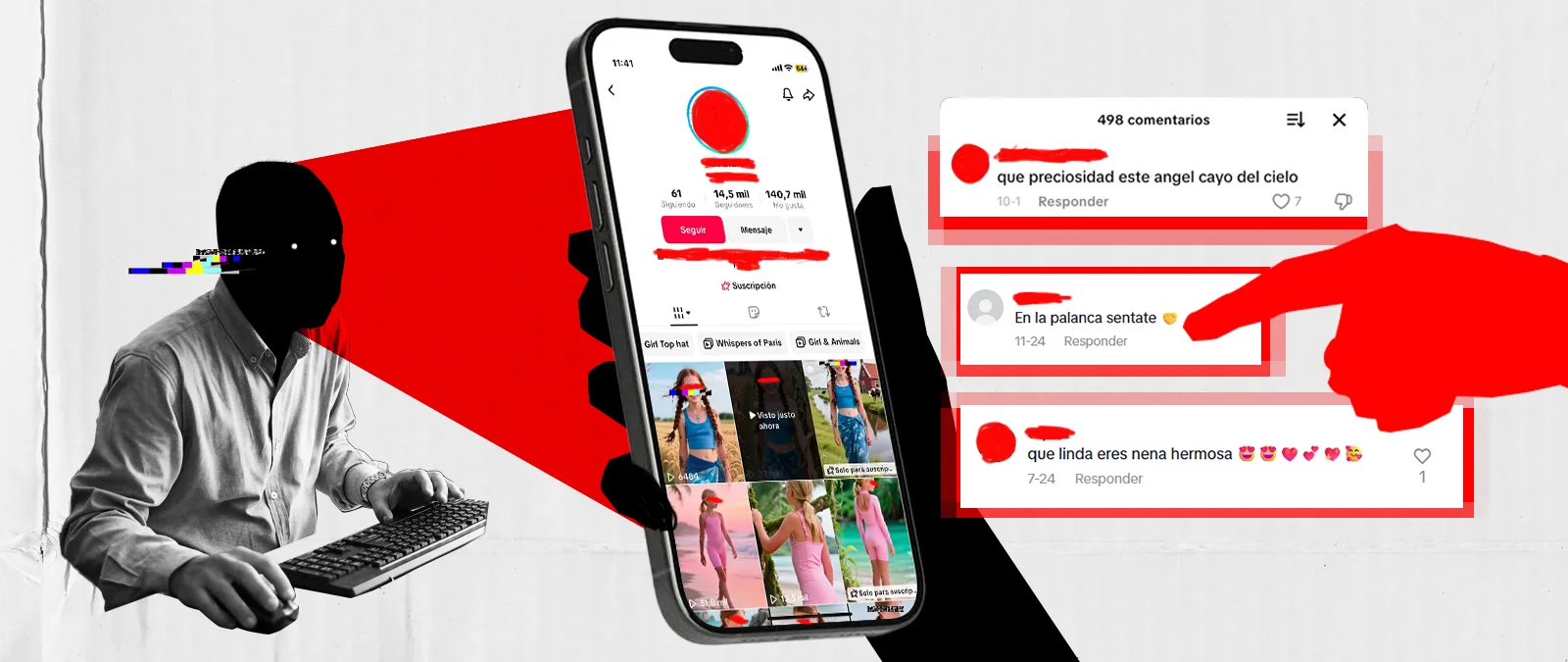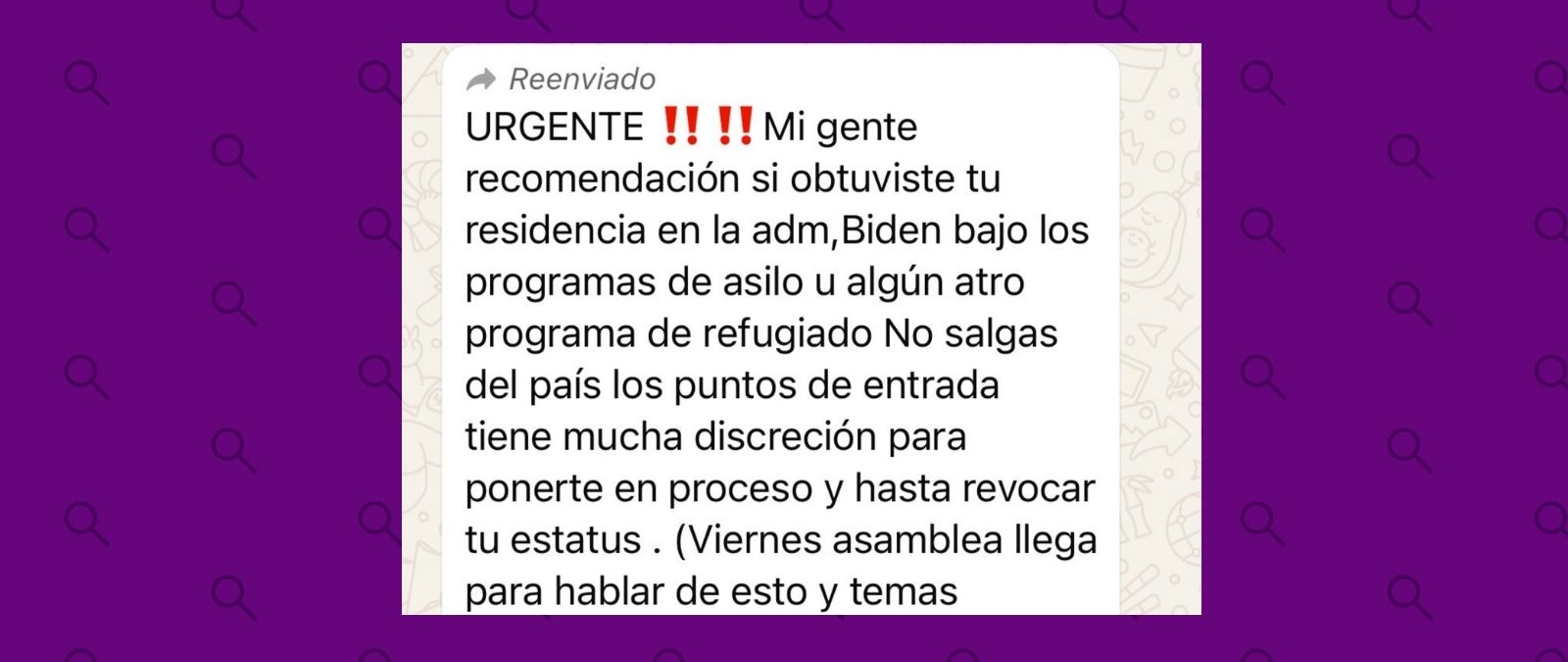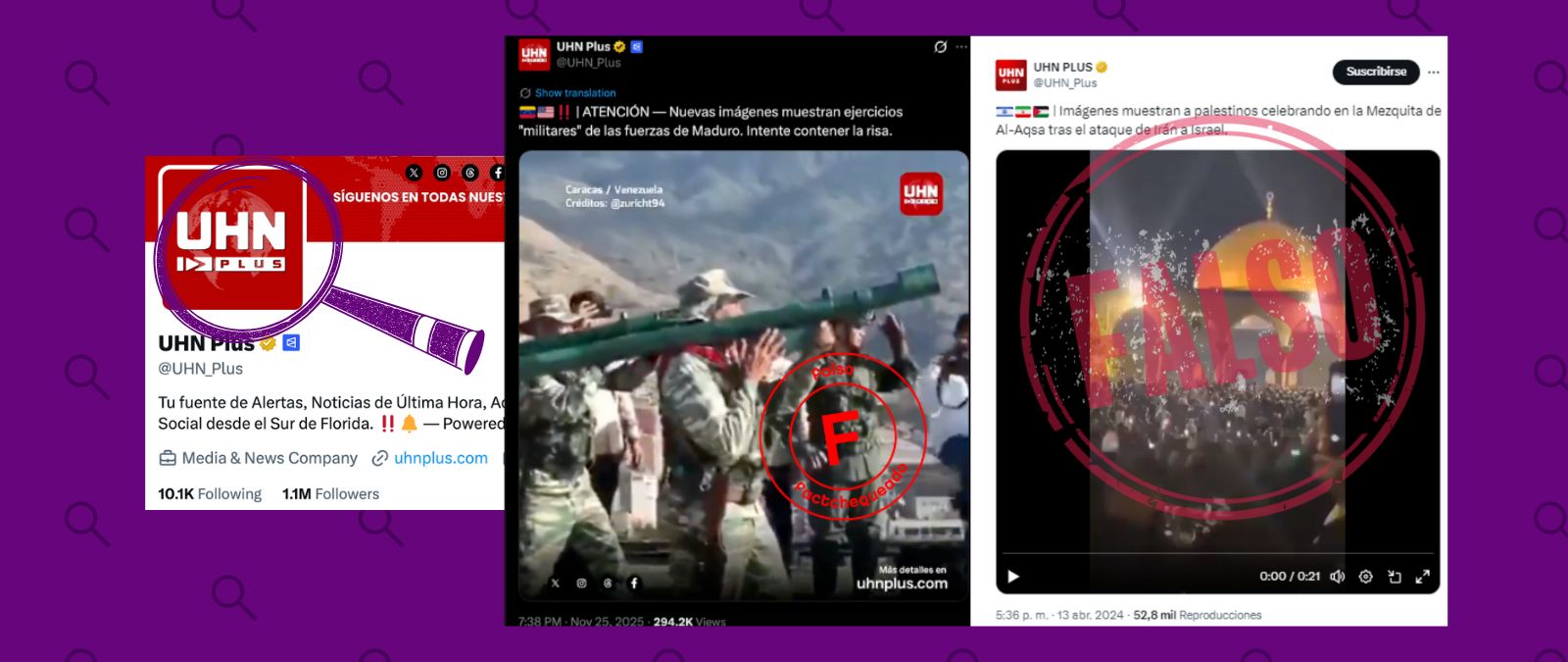The skin is the largest organ in the body, and skin cancer is the most common type of cancer, according to the American Cancer Society (ACS). Various myths and misinformation related to this disease circulate, such as that sunscreen can cause it or that it is only necessary to protect yourself from the sun if you have fair skin. We tell you why neither of these two things is true and we resolve some doubts about it.
Why it is advisable to protect yourself from the sun regardless of your skin color
Among the possible causes of skin cancer is excessive exposure to ultraviolet (UV) rays that come from the sun. Protecting yourself from this type of light throughout the year (and not just in summer) is very important, according to the CDC, the disease control agency.
“UV rays can reach you on cloudy and cool days and are reflected from surfaces such as water, concrete, sand and snow,” they explain. In the United States, according to the agency, these rays tend to be stronger between 9 in the morning and 4 in the afternoon.
It must also be taken into account that these rays can damage the skin of any person. The ACS explains that, although those who have lighter skin are much more likely to suffer damage and suffer from this type of cancer, those who have darker skin can also be affected.
Staying in the shade, putting on sunscreen, and wearing thick, long-sleeved clothing helps to protect yourself from ultraviolet radiation, as we explain in this note by Factchequeado.
There is no proof that skin cancer is caused by sunscreen and not the sun
Some content circulates on social networks indicating that skin cancer is caused by sunscreen and not the sun. But in reality there is no proof that this is the case.
On the other hand, there is sufficient evidence of the relationship between exposure to ultraviolet rays and an increased risk of suffering skin diseases such as melanoma. For example, this study analyzes diseases associated with exposure to ultraviolet radiation.
In addition, there is a scientific consensus that using sunscreen reduces this risk. For example, a study published in the Journal of Clinical Oncology concludes that melanoma in adults can be prevented with the use of sunscreen.
What we know about nail lamps and skin cancer
Can the ultraviolet light lamps used in nail salons (to speed up the drying process of nail polish and harden gel nails) increase the risk of developing skin cancer or melanoma? Despite the fact that UVA rays are a risk factor for this disease, it is very unlikely that this will occur using manicure devices, according to scientific evidence in this regard.
Studies indicate that the amount of radiation emitted by nail salon lamps is not powerful enough to pose a real risk, even to those who regularly receive nail salon treatments. They also confirm that the possibility of this radiation influencing the risk of developing skin cancer is very low.
"Radiation from lamps (ultraviolet A or UVA rays) can affect cancer risk, but it is highly unlikely that exposure during a manicure (just a few minutes) will significantly increase it," explains Susan Swetter in this article, director of the Pigmented Lesion & Melanoma Program and professor of dermatology at Medical Center and Cancer Institute at Stanford University, in California.
Still, some researchers recommend applying sunscreen to your hands 30 minutes before receiving treatment and avoiding washing your hands with soap and water before starting treatment, so as not to remove skin protection. For people with sensitive skin, experts suggest wearing gloves with the tips of the finger holes cut off.
Why the sun's rays can burn the skin in the shade (although the risk is less than in the sun)
Is it possible to get burned also when we are in the shade? The dermatologist Inés Escandell explains to Maldita.es, co-founder of Factchequeado, that it is true that in the shade we receive less UVA and UVB, the two types of ultraviolet rays that reach us, but that does not mean absolute protection.
“Depending on where we are, also in the shade, we will receive more or less radiation. For example, each type of soil reflects a different percentage of ultraviolet, and while asphalt only reflects approximately 2% of the radiation, surfaces such as sand (17%) and especially snow (85%) reflect larger percentages of radiation and, in that case, we could also burn ourselves.” Therefore, be careful: we are more protected in the shade , but not completely.
What do aftersun lotions do after burning us?
If we have been burned by the sun, is it useful to use aftersun lotions? It depends on the severity of the burn. Yes, it can help us if the injury is slight. As Escandell explains, “These lotions typically have humectants (ingredients that draw water into the skin) and emollients (that soften the skin) that lock in moisture and prevent the skin from becoming dehydrated and therefore sore or itchy.”
However, if the burns are of greater importance (for example, if there are blisters), it is probably insufficient and we will have to resort to other treatments that a dermatologist should recommend. What is clear is that this product does not reverse or prevent the damage that ultraviolet B (UVB) radiation from the sun causes to the DNA of skin cells: we will only achieve it by preventing and not burning ourselves from the start.
No, the FSP of sun creams is not the number of minutes that they protect you from the sun
You've probably wondered what exactly the number that appears as a sun protection factor (or SPF) means: is it the time you can stay in the sun? The intensity of the protection? How often should the cream be reapplied? What is the most important thing when choosing a sunscreen?
The SPF (sun protection factor, or sunscreen factor) is the level of protection that sunscreen provides against UVB rays, which are the main cause of sunburn, according to the ACS.
“When you apply an SPF 30 sunscreen correctly, you get the equivalent of one minute of UVB rays for every 30 minutes you spend in the sun. Therefore, an hour in the sun with SPF 30 sunscreen is the same as spending two minutes totally unprotected from the sun,” he explains.
The ACS suggests choosing products with a sun protection factor of at least 30. The higher this number, the greater the protection.
According to the ACS, sunscreens with SPF 15 filter out approximately 93% of UVB rays. Those with SPF 30, about 97%; those of SPF 50, around 98%; and those of SPF 100, approximately 99%. “The higher the number, the smaller the difference. There is no sunscreen that offers total protection,” says the agency.
Before putting on sunscreen, the CDC advises checking its expiration date. These products usually have, at most, "a useful life of 3 years", which can be shorter if they have been exposed to high temperatures.
Moles that change shape and other signs that help detect skin cancer
Not all skin cancers look the same. As the ACS explains, they can come in many shapes and sizes and, sometimes, can even resemble other skin conditions.
Even so, to detect skin cancer, the organization advises paying attention to some signs. For example, the growth or expansion of a spot or bump (a swelling) on the skin; an ulcer that bleeds; a red patch that is rough or scaly and may bleed or crust over; something similar to a wart; and a mole that is new, changes in size, shape, or color, or has irregular borders or areas of different colors.
If when looking at your skin (during a self-exam or at any other time) you notice any changes that worry you, it's best to have it checked out by a doctor.
Yes, melanoma is a type of skin cancer (but not the only one)
With the arrival of the warmer months of the year, we are more exposed to solar radiation. A common question is whether melanoma and skin cancer are the same and, if not, what differences exist between them. Well, melanoma is a type of skin cancer, but not all types of skin cancer are melanomas.
Depending on what type of cells reproduce uncontrollably, we will talk about one type or another of skin cancer and, with it, its different characteristics. Every summer, doctors and dermatologists carry out prevention campaigns in which the population is explained how to detect a melanoma and not confuse it with a simple mole. For this, among other formulas, the ABCDE (Asymmetry, Border, Color, Diameter and Evolution) formula is used.
Factchequeado is a fact-checking publication that builds a Spanish-speaking community to counter misinformation in the United States. Do you want to be a part? Join and verify the content you receive by sending it to our WhatsApp + 16468736087 or to factchequeado.com/whatsapp.
You can also read:
Questions and answers about the first FDA-approved over-the-counter daily birth control pill



